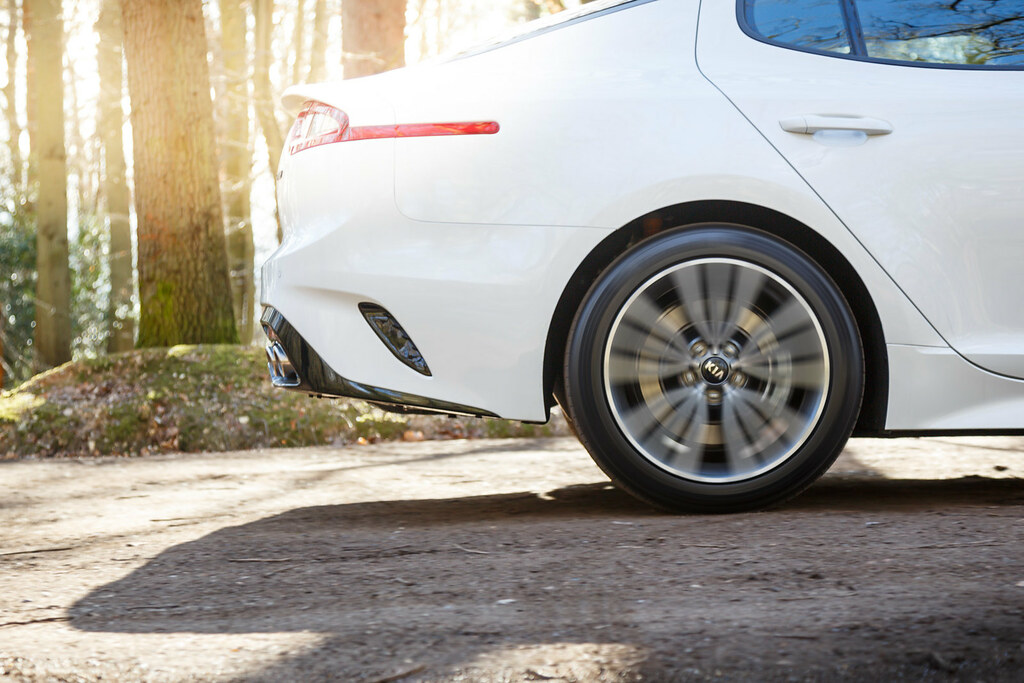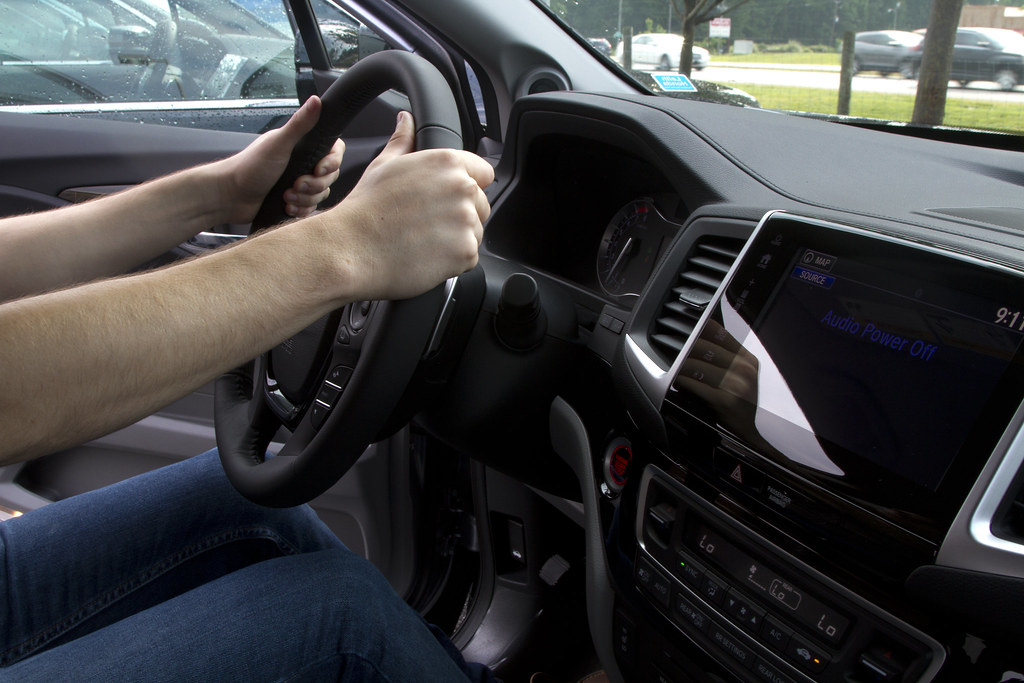Contents
– Characteristics of front-wheel drive
– Configurations of rear-wheel-drive
– Choosing between front or rear-wheel drive
Let’s make it simple, the “traction” of a vehicle is always on the front wheels, while the “propulsion” is always on the rear wheels.
You’ll finally know the difference between these terms using this tip.
Characteristics of front-wheel drive (FWD)

A bit of history
For a long time, the first automobiles were rear-wheel-drive vehicles, until Cord L-29, the first American front-wheel-drive car to be offered to the public in 1929. Many manufacturers later adopted this technological innovation.
Characteristics of FWD
The traction, i.e., the rotational movement generated by the engine and its crankshaft, is transmitted to the front wheels by the gearbox and the axle. At the latter’s end and on each side are connected transmissions allowing to drive the front wheels in rotation.
Please note: the engine, in this case, is always placed in the front position.
Advantages of traction (FWD)
– Lightness and maneuverability: the traction uses two very short and light transmissions, allowing a weight saving and fewer moving parts, thus less inertia.
– Handling: for the average driver, front-wheel drive is safer because it tends to understeer (tend to bring the wheels and the vehicle in a straight line), thus avoiding any tendency to spin.
Disadvantages of front-wheel drive
– Habitability of the vehicle: the engine is placed in the front with the transmission of motion to the rear wheels. The car is crossed longitudinally by a tunnel in which the transmission tube is housed, a feature that takes up a lot of space in the passenger compartment.
– Understeer: in sporty driving, the vehicle will be more complicated than a rear-wheel-drive when cornering, as the front will tend to go straight.
– Loss of traction: when starting off and during solid acceleration or on slippery ground, the wheels spin (the front lifts). This loss of motricity can lead to a partial or total loss of the wheels’ directional power.
Note: these relative defects are conditioned by driving style. As a general rule, most high-end sporty vehicles are equipped with rear-wheel drive, while most drivers with a much more “family-oriented” driving style choose front-wheel drive vehicles, which are much safer in normal driving conditions.
Cost of front-wheel drive vehicles
This is the most common and suitable vehicle for most drivers and the least expensive because it is produced in large series.
Rear-wheel drive (RWD): configurations and cost of a rear-wheel-drive vehicle

In the RWD category, there are several solutions for the layout of the propulsion components.
All in the rear
The powertrain (engine, gearbox, and axle) is located at the rear of the vehicle. This is typically the sporty vehicle with maximum traction at the back and a very light front end. This type of driving requires a lot of driving techniques and is not suitable for most drivers.
Good to know: These vehicles are often located in a high-end segment and are therefore very expensive.
Engine-front/RWD
These vehicles are very light from the rear and challenging to drive in bad weather conditions (rain, snow, …). They tend to lose rear traction that can lead you into an uncertain spin.
As for the cost, these are again for the high-end vehicles.
The engine in the middle/RWD
This is the ideal configuration for maximum handling. This position of the drivetrain brings the center of gravity to the middle of the vehicle, guaranteeing a more or less neutral behavior.
Here also, it is for very high-end, hence more expensive vehicles.
The choice between front-wheel drive and rear-wheel drive
As you can see, if you are looking for safety for you and your passengers, choose the vehicle with front-wheel drive.
Otherwise, if you’re a good driver and racing fan, the rear-wheel-drive is for you (remember to get a license to drive on a closed circuit).

